Rubber Tree
leena1947
12 years ago
Related Stories
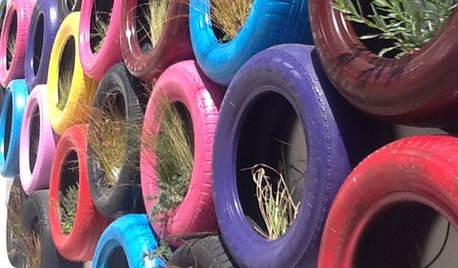
SALVAGECan We Bounce Some Great Recycled-Rubber Ideas Off You?
No need to bemoan that spare tire. Old rubber is getting a guilt-free second life as flooring, pavers, sinks and even furniture
Full Story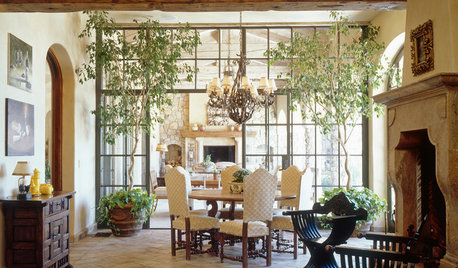
Rooting for Indoor Trees
Houseplants tend to get all the glory indoors, but trees deserve their place in the sun — and in your living room, your entryway, your ...
Full Story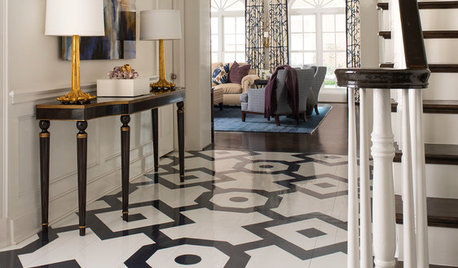
FLOORS6 Alternative Flooring Ideas to Kick Up Your Style
Rubber, cork, concrete and other materials are worthy options in lieu of hardwood or tile
Full Story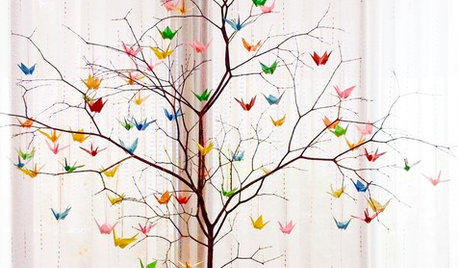
MOST POPULARHouzzers Deck the Halls
From traditional to quirky to innovative, readers show their Christmas tree style
Full Story
GARDENING GUIDES12 Japanese Maples for a Sunny Garden
The right maple in the right place shines in hot summer sun
Full Story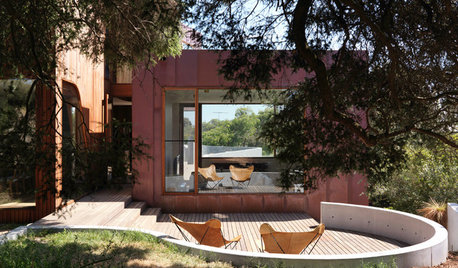
HOUZZ TOURSHouzz Tour: Connecting to the Landscape in Melbourne
Views of iconic moonah trees and plenty of wood indoors help an Australian home connect with its site
Full Story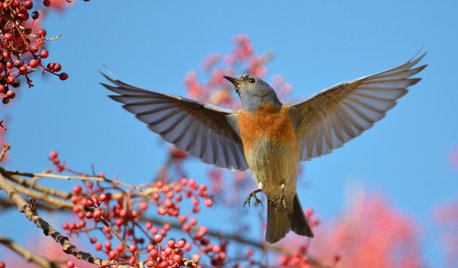
GARDENING GUIDESHow to Bring the Joy of Bluebirds to Your Garden
Attract these beautiful songbirds with nesting habitat and food sources, including berry-producing trees and shrubs
Full Story
CONTAINER GARDENSHappy Houseplants, Happy People
Potted plants add life and beauty to a room. Learn easy ways to keep them healthy
Full Story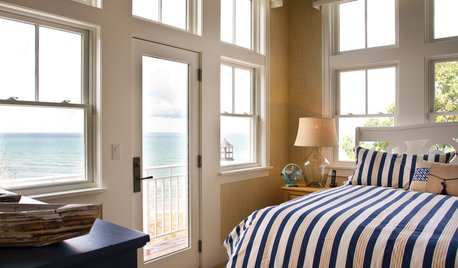
BEDROOMSRest Easy: Myth Busting for Bedding and Mattresses
We put to bed some of the misconceptions that may be keeping you from a good night's sleep
Full Story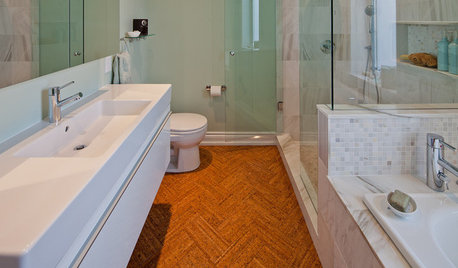
FLOORSWill Cork Float for Your Bathroom Floor?
Get the facts on advantages, disadvantages, costs and installation to see if a cork bathroom floor is right for you
Full Story







jean001a
grrrnthumb
Related Professionals
Aurora Landscape Contractors · Norwood Landscape Contractors · Aloha Landscape Contractors · Annandale Landscape Contractors · Cincinnati Landscape Contractors · Golden Gate Landscape Contractors · Louisville Landscape Contractors · Milton Landscape Contractors · Oak Harbor Landscape Contractors · Santa Maria Landscape Contractors · Aventura Fence Contractors · Draper Fence Contractors · Killeen Fence Contractors · Newington Fence Contractors · Santa Fe Fence Contractorsreg_pnw7
buyorsell888
leena1947Original Author
Embothrium
grrrnthumb